Description
William H Weldon (1839-1868) was appointed Assistant Paymaster and served aboard the USS Sacramento. His appointment document was signed by Abraham Lincoln, but is not included in this group. In May of 1863 the Sacramento captured the British blockade runner Wanderer off of Wilmington, from which this flag was taken. The Union Jack flag, folded to 19 x 31 in.; but significantly larger, with accompanying typed caption (erroneously showing Savanna as the location of its capture); soiled, singed with several obvious bullet holes. Professionally matted, glazed and framed. Also included in this group is a U.S. Model 1852 Naval officer’s sword, with 27″ slightly curved double-fullered blade; marked W. H. Horstmann & Sons, Philadelphia, and etched with extensive panels depicting panoply-of-arms, American shield, American eagle, fouled anchors and a circle of 31 Stars. The US flag had 31 stars between 1852 and 1858, dating this sword to that period. The pierced gilt brass hilt with “USN,” with ray skin grip bound by twisted brass-wire binding. Black leather scabbard with three gilt brass mounts, the chape with serpent drag, the center and top-most mounts with knotted rope motifs; some looseness in stitching of scabbard. Aged patina overall to the sword with some deep staining and rust to the blade, primarily over the bottom 4″.
Also included is a 5″ x 8″ photograph of the USS Sacramento, in Antwerp harbor, dated July 1864, mounted on board; lightly browned with a few stains. Matted, glazed and framed. Also included is a 8″ x 10″ lithographic [?] portrait of William H. Weldon, on light brown paper; a few minor marginal stains. Matted, glazed and framed. Another matted, glazed, and framed group is included featuring 5 brass buttons, 2 brass naval insignia, and 1 Civil War era brass naval belt buckle (incomplete).
The sloop-of-war USS Sacramento (the first of three US naval vessels to bear that name) was launched on 28 April 1862 at the Portsmouth Navy Yard, in Kittery, Maine and commissioned on 7 January 1863. Her first assignment was blockade duty off the North Carolina coast as part of the effort to eliminate Confederate shipping operations at Wilmington. During her cruising off the Western Bar at Wilmington on 1 May 1863, she captured the British blockade runner Wanderer, from which this flag was taken. Ordered to European waters after refitting, Sacramento departed Boston on 2 February 1864, calling at the Azores, Cape Town, and the Canary Islands before arriving at Cherbourg, France on 5 July. This would be around the time the included photograph was taken. Subsequently, she cruised off the British and French coasts in search of Confederate vessels engaged in both commerce raiding and blockade running operations. Sacramento assisted in blockading the Confederate gun vessel CSS Rappahannock detained at Calais, France, in early 1865, and in March joined USS Niagara off Ferrol, Spain, to observe the movements of the formidable Confederate casemate turret ram Stonewall bound for Cuba from Bordeaux, France. Departing Queenstown, Ireland on 25 July, after the conclusion of hostilities in home waters, Sacramento arrived at Boston on 12 August. Decommissioned on 21 August at the Boston Navy Yard, she remained inactive into 1866. Recommissioned on 17 September 1866, Sacramento headed for the Far East via the Cape of Good Hope. She was grounded and wrecked on the reefs off the mouth of the Godavari River in India on 19 June, 1867.
This grouping was originally offered by Sotheby’s, New York in their 12/2/2014 Books, Manuscripts, and Americana Sale with an estimate of $15,000 to $20,000, including the appointment document signed by Lincoln. Makes a very attractive historic display. Captured flags from known blockade runners are extremely scarce.


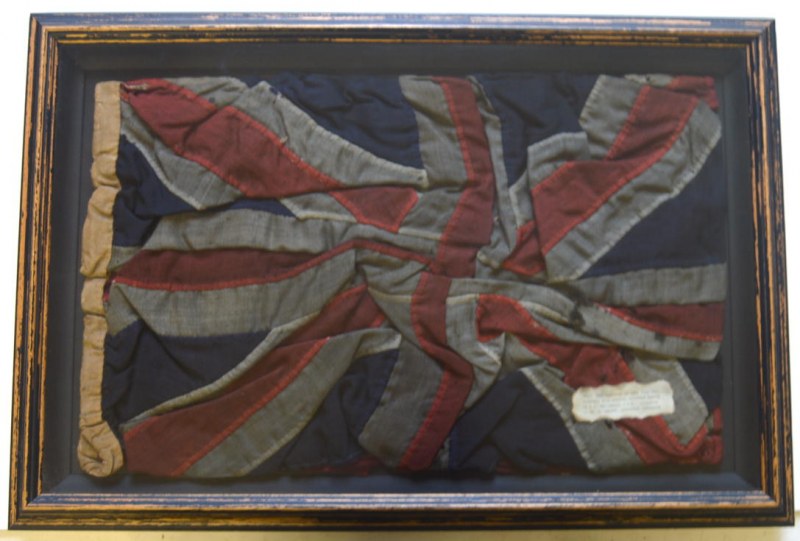




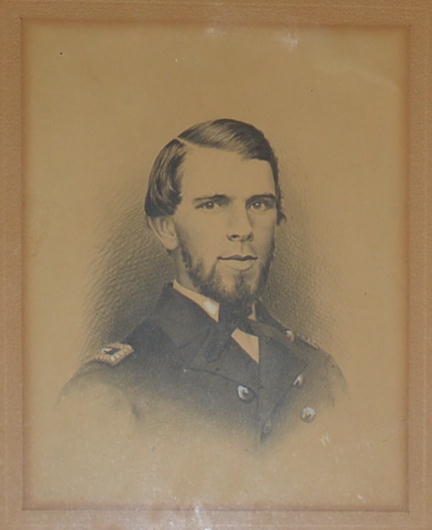
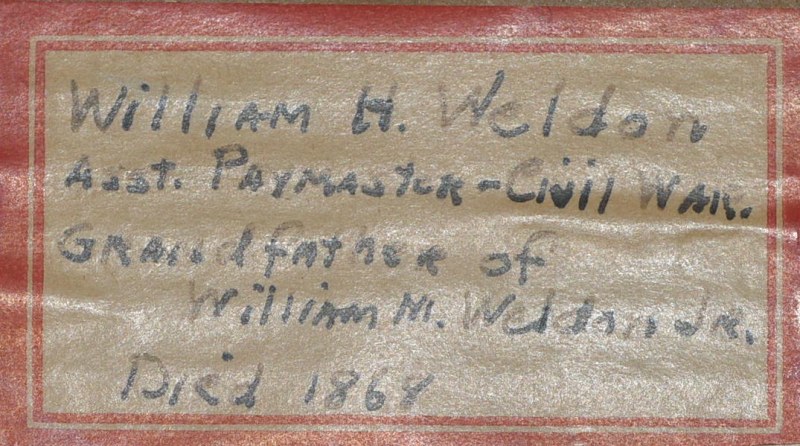
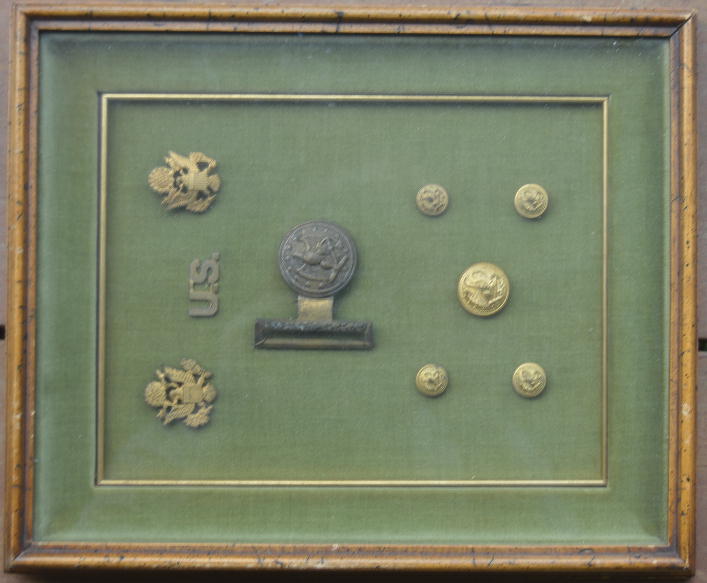
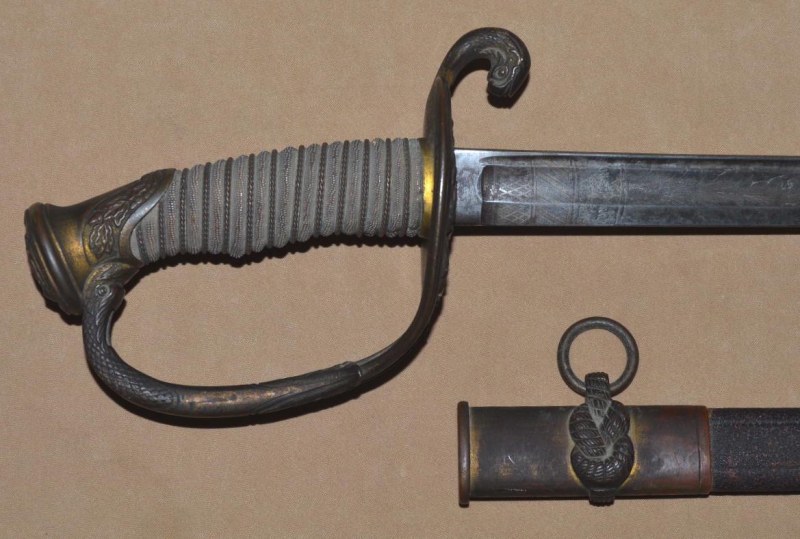



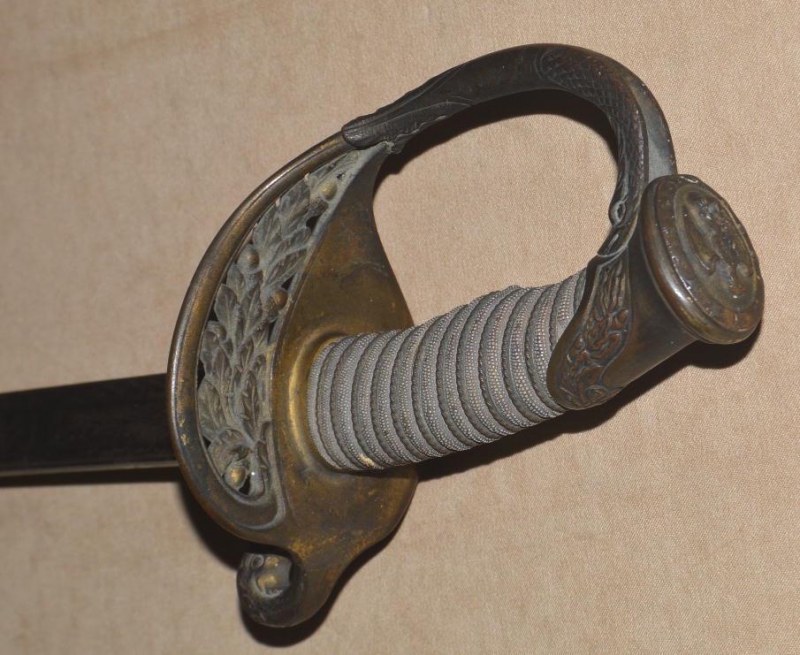

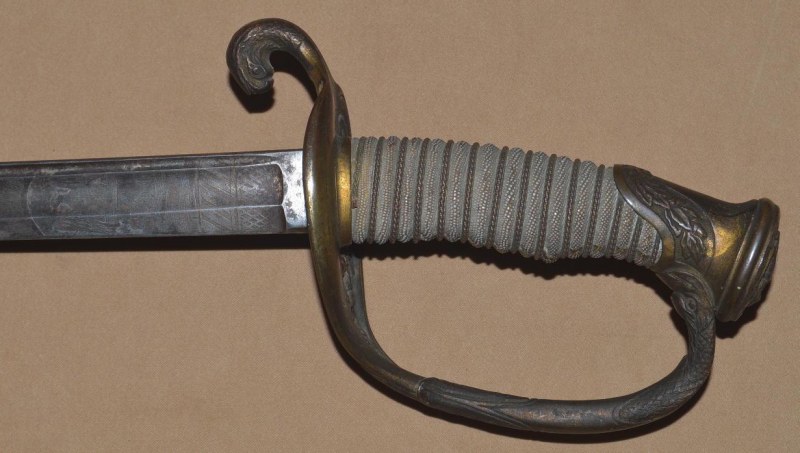
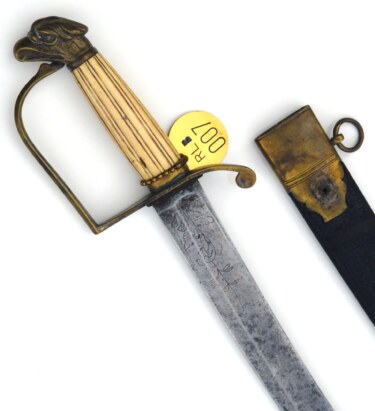 US Eagle Pommel Infantry Officer’s Saber and Scabbard, ca. 1805
US Eagle Pommel Infantry Officer’s Saber and Scabbard, ca. 1805 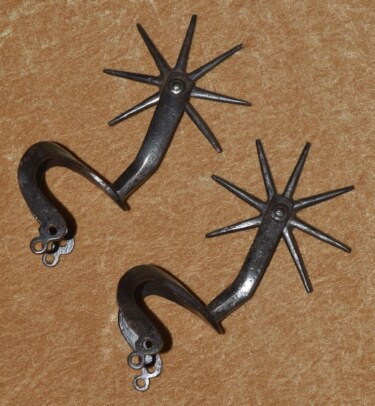 Rare Polish/Hungarian Hussar Spurs, 16th C
Rare Polish/Hungarian Hussar Spurs, 16th C 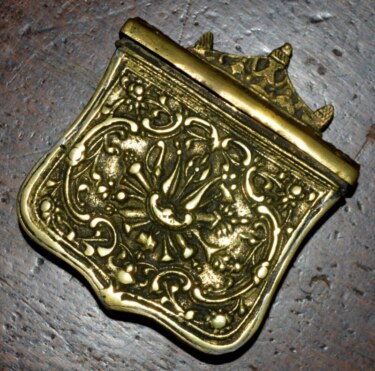 Greek or Ottoman Cartridge Box Palaska, Early 19th C
Greek or Ottoman Cartridge Box Palaska, Early 19th C 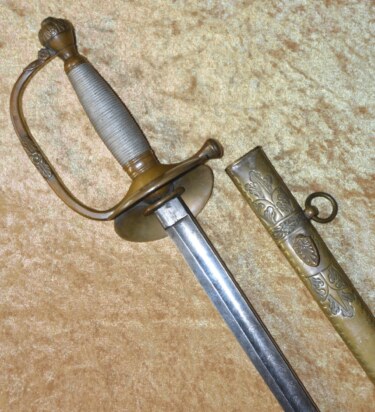 US M1840 Foot Officer’s Sword
US M1840 Foot Officer’s Sword